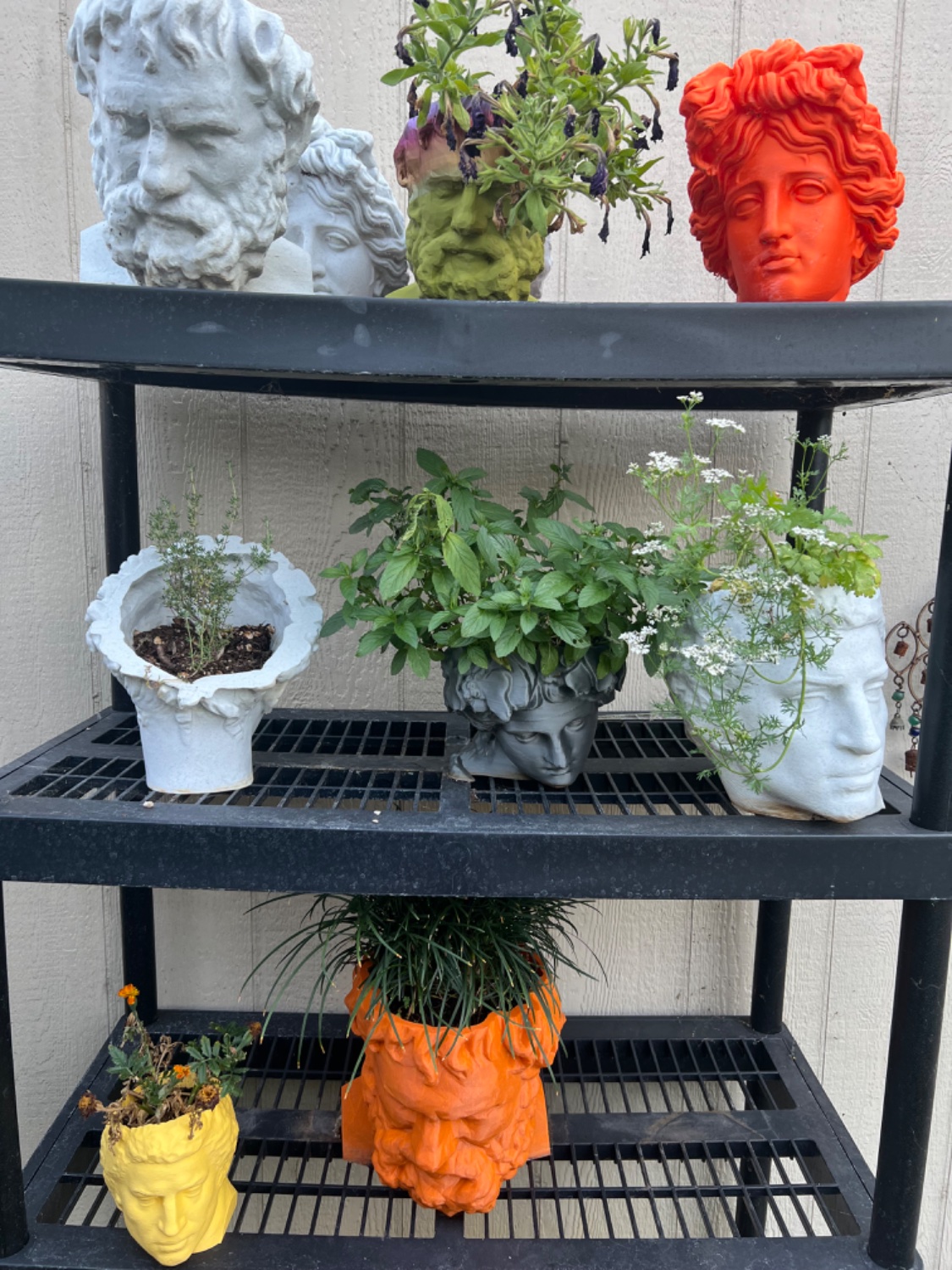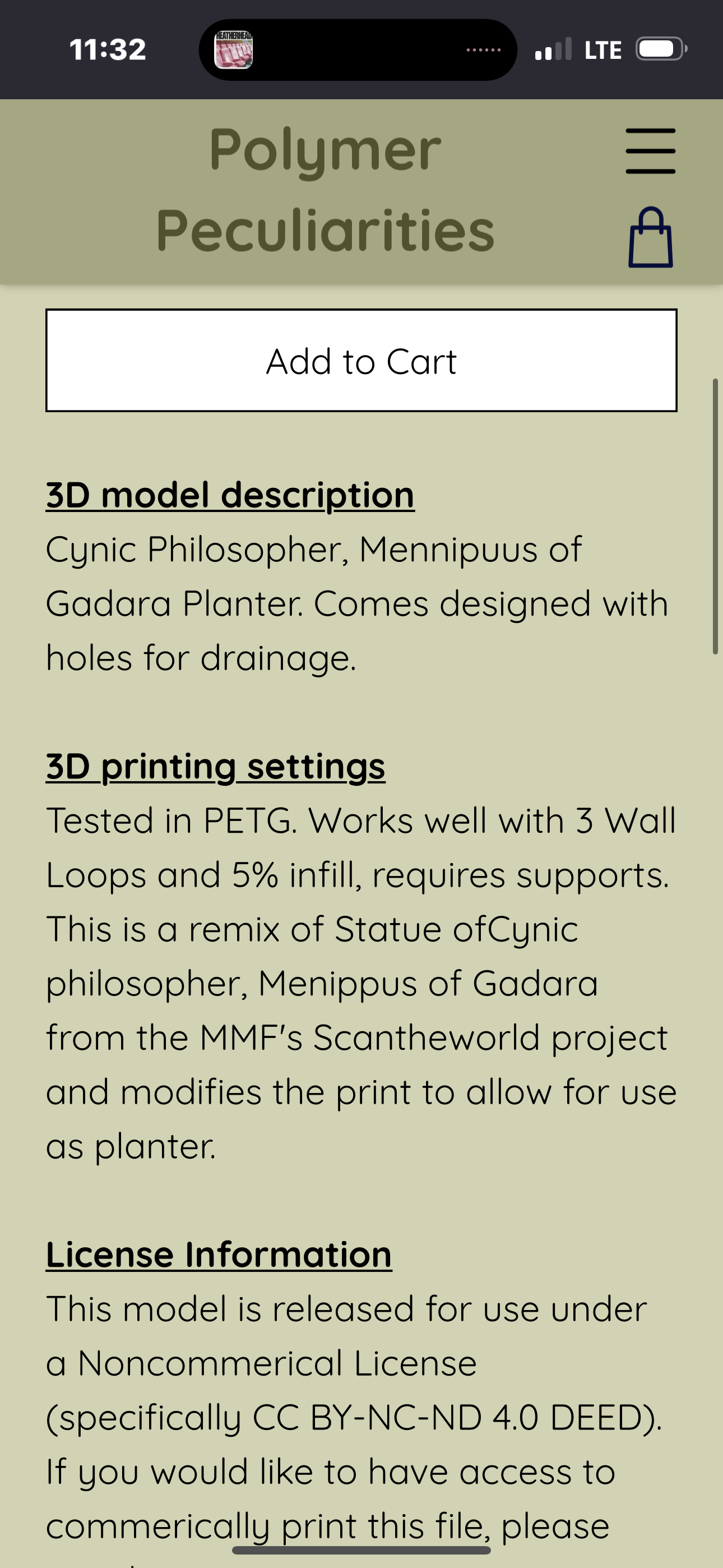3DPrinting
3DPrinting is a place where makers of all skill levels and walks of life can learn about and discuss 3D printing and development of 3D printed parts and devices.
The r/functionalprint community is now located at: or [email protected]
There are CAD communities available at: [email protected] or [email protected]
Rules
-
No bigotry - including racism, sexism, ableism, homophobia, transphobia, or xenophobia. Code of Conduct.
-
Be respectful, especially when disagreeing. Everyone should feel welcome here.
-
No porn (NSFW prints are acceptable but must be marked NSFW)
-
No Ads / Spamming / Guerrilla Marketing
-
Do not create links to reddit
-
If you see an issue please flag it
-
No guns
-
No injury gore posts
If you need an easy way to host pictures, https://catbox.moe may be an option. Be ethical about what you post and donate if you are able or use this a lot. It is just an individual hosting content, not a company. The image embedding syntax for Lemmy is 
Moderation policy: Light, mostly invisible
view the rest of the comments

PETG is holding up fine. Both these and the couple I printed last year are still going strong. ABS is good as well. PLA is brittle, but gets the job done. I wouldn’t recommend this material for something you want outside more than 3-4 years (at least with my weather).
Surprised to hear the PLA is holding up. I had a small print in my car for about 3 weeks before it warped beyond recognition, but that was a pretty thin flat print so it makes sense.
What kind of print settings were these done with, if you remember? Nozzle size, wall count, infill is mainly what I'm curious about. Working on some projects and want the parts to be strong but don't want to use unnecessary amount of filament
I think these are the settings, used a 0.6mm nozzle